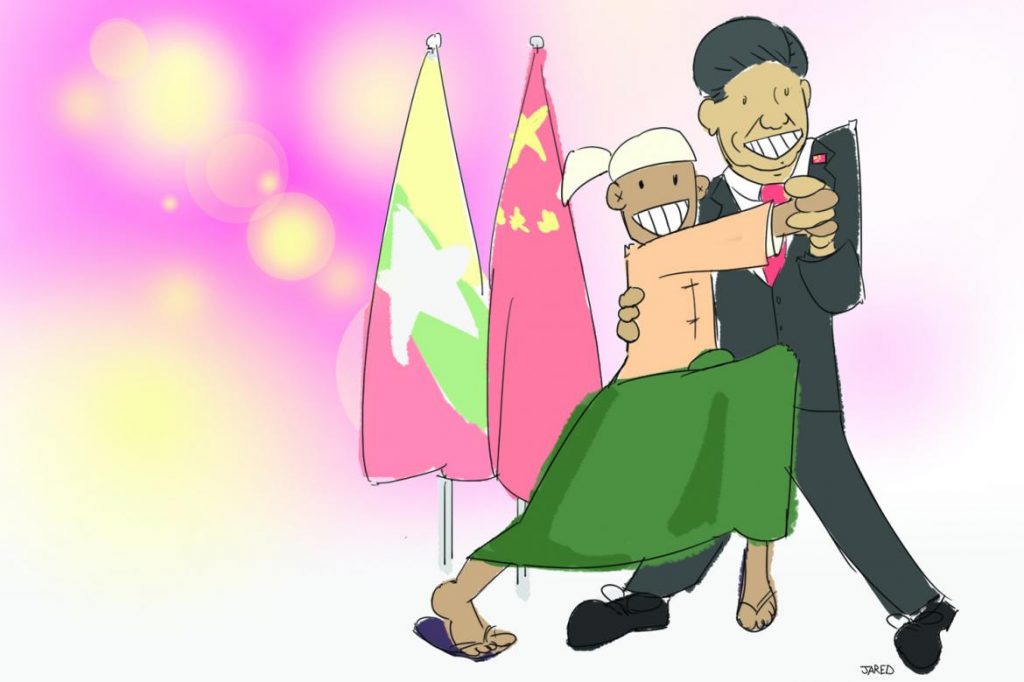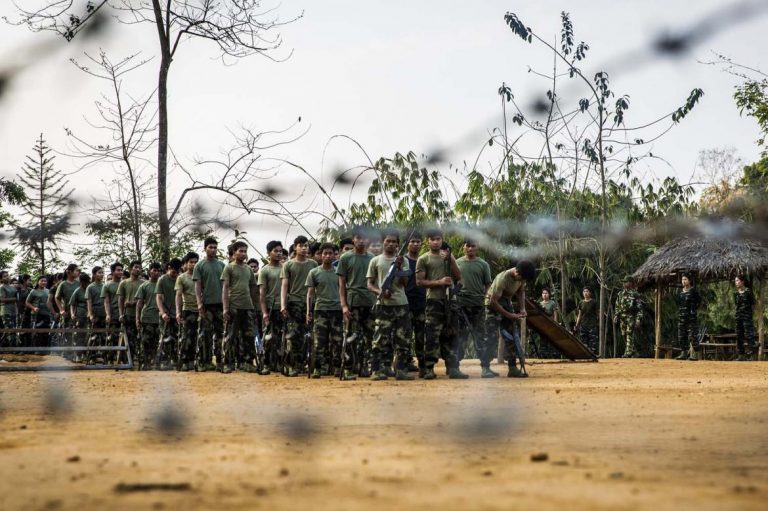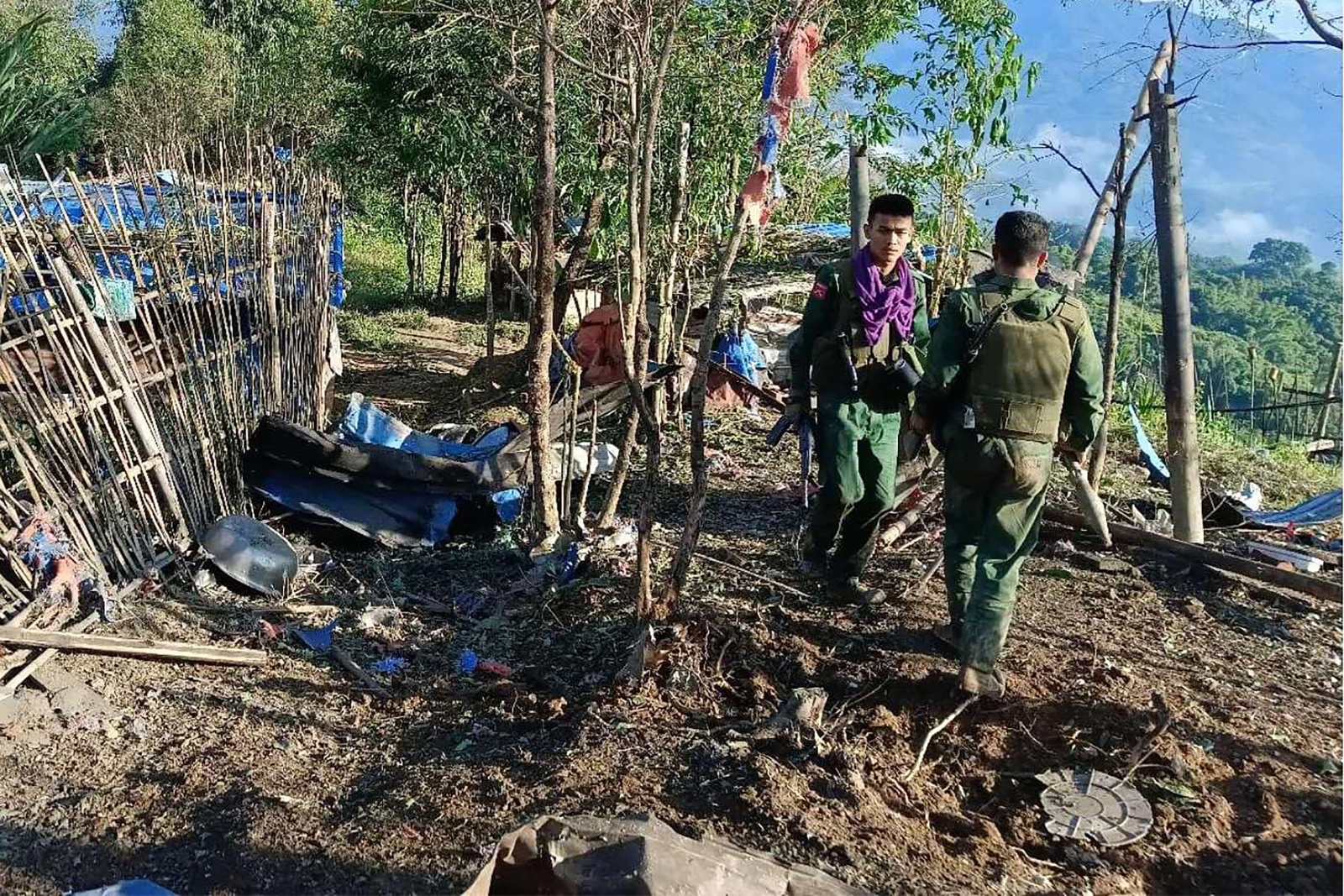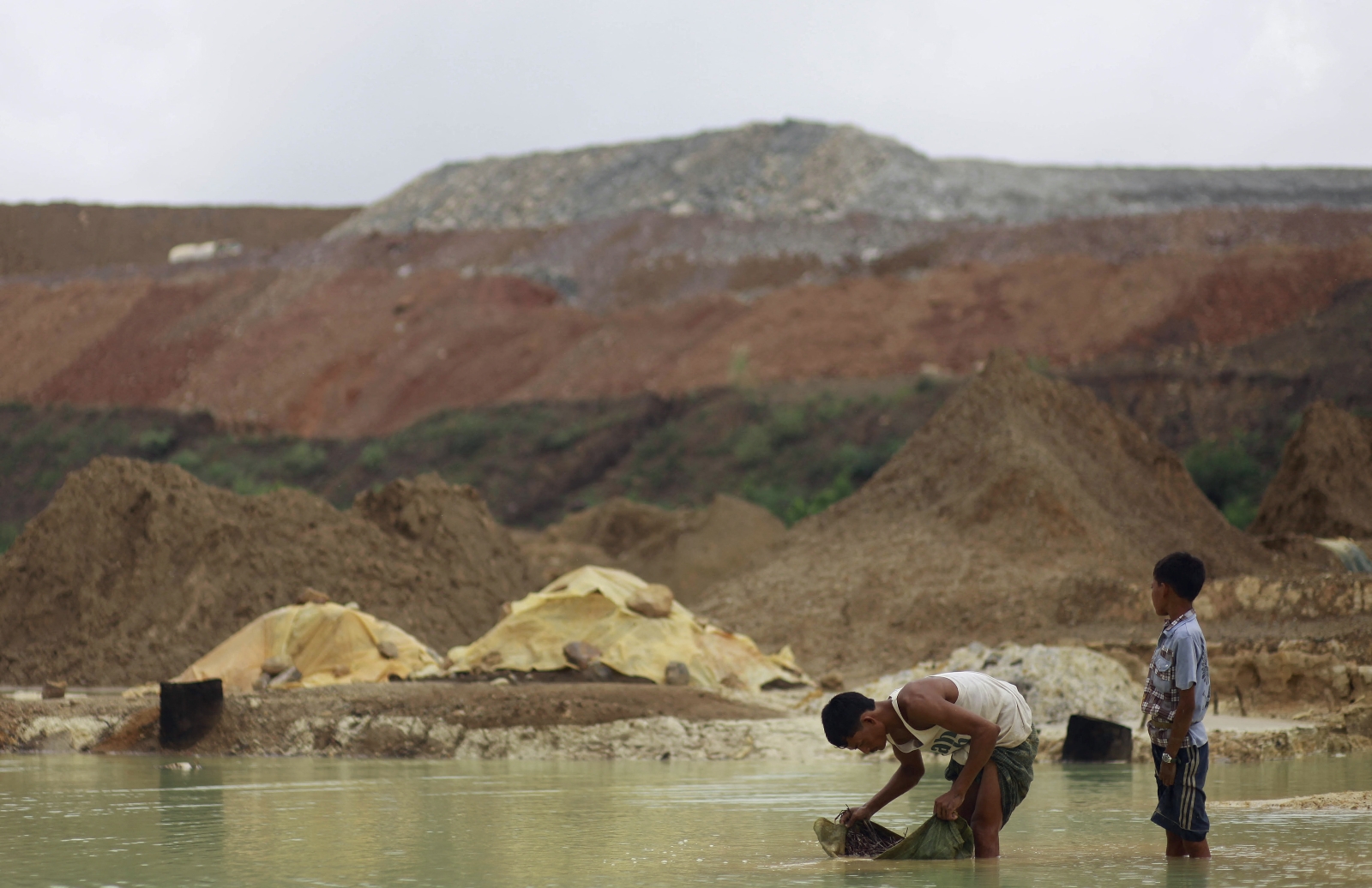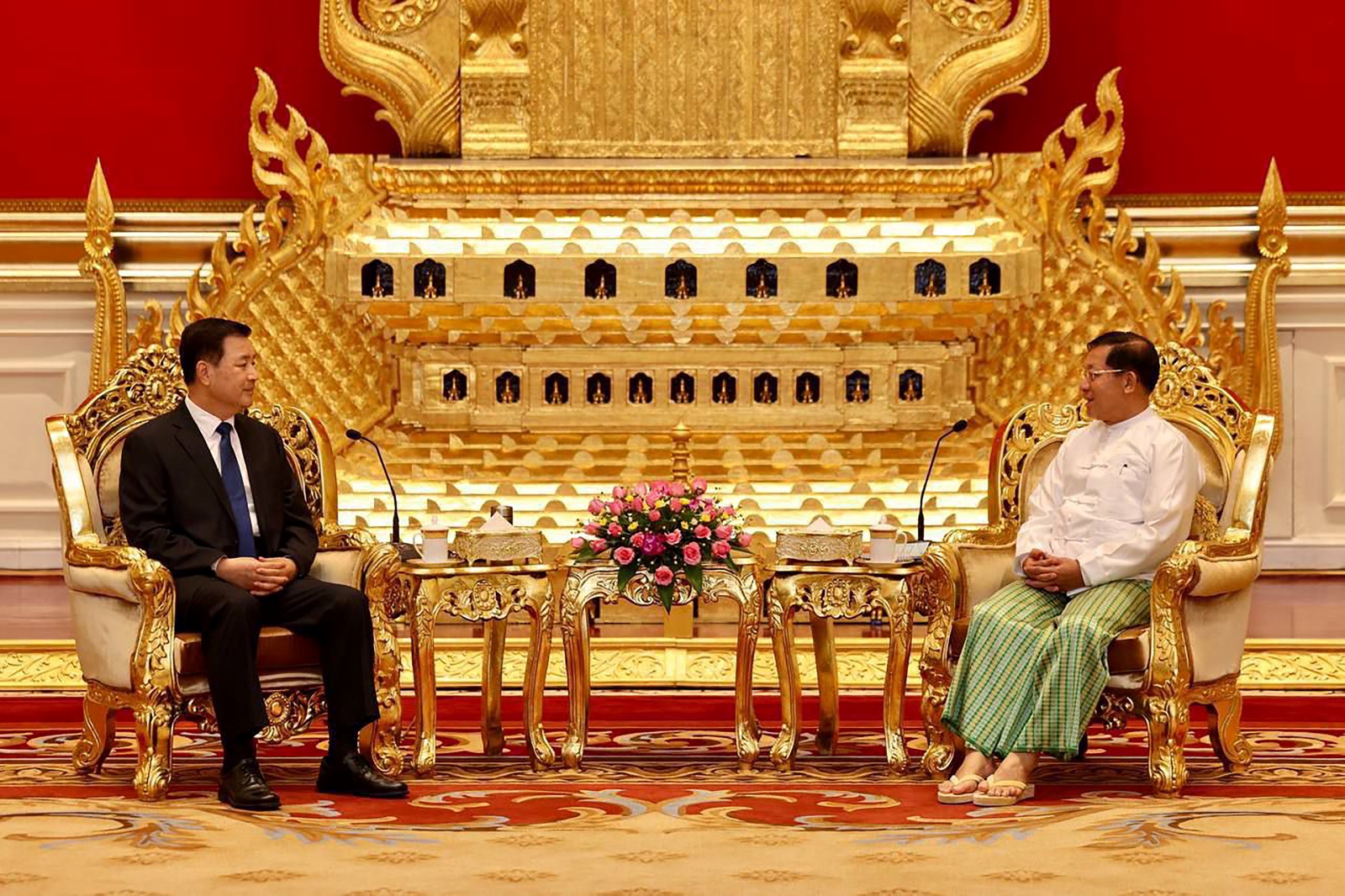From April 25-27, Beijing will host the second Belt and Road Forum, bringing together nearly 40 heads of state from around the world to discuss, negotiate and plan for China’s multi-trillion-dollar trade and investment initiative.
For Myanmar, the stakes couldn’t be higher. This will be one of the most important weeks for the National League for Democracy since it took office in March 2016. The decisions that it makes will have implications for the economy, domestic politics and international relations for years to come.
The Belt and Road Forum is primarily about improving the image of the Belt and Road Initiative. Asked about criticism of the BRI at a press conference on April 19, Chinese Foreign Minister Mr Wang Yi said the strong attendance list was a “vote of confidence” in the BRI.
The Chinese government under President Xi Jinping wants to be able to show the world that the BRI is moving forward. Accordingly, Myanmar has in recent months come under intense pressure from China to give the green light to a range of BRI-related projects, including the stalled Myitsone Dam in Kachin State.
State Counsellor Daw Aung San Suu Kyi will travel to Beijing for the forum, where she is also expected to hold bilateral meetings with Chinese leaders. It is likely that the two sides will announce agreements on several projects. The agreements may not necessarily cover the finer details, but they will be taken as a crucial signal of Myanmar’s willingness to move forward with these projects.
In Myanmar, all eyes will be on whether there is an announcement regarding Myitsone. Suspended in September 2011, the project epitomises the unhappy legacy of bilateral economic cooperation under Myanmar’s military junta, when deals were cut in secret with the generals and the wishes of the people of Myanmar were ignored.
Support more independent journalism like this. Sign up to be a Frontier member.
Myanmar is increasingly dependent on China for political protection as a result of the Tatmadaw’s actions in Rakhine State, and also for its ability to influence the peace process. This would appear to give China the upper hand in any negotiations.
But it would be a mistake for China to railroad the Myanmar government into resuming the Myitsone project. Yes, there are signed agreements that need to be taken into consideration. But the success of the BRI in Myanmar will depend on China’s ability to tailor its approach to fit the Myanmar context, where there remains widespread mistrust of Chinese actors and their intentions.
Myitsone thus presents an opportunity. Reaching a transparent agreement that respects the wishes of the Myanmar people would create significant goodwill towards China and the BRI, and smooth the path for other projects. It would mark a significant break with the past, showing that the relationship has reached a new phase rather than regressed back to trading diplomatic protection for economic concessions.
But the Myanmar government, too, needs to shift its approach. It needs to take its deal-making out of the shadows. As Frontier reported last year, it negotiated the China-Myanmar Economic Corridor agreement in secret, and has disclosed almost no information regarding specific projects. The much-vaunted Project Bank was supposed to bring some transparency to large investment projects, including those earmarked for the CMEC, but little has been heard since its launch at the start of the year.
There is much for Myanmar and its people to gain from closer relations, and the potential benefits of the BRI are too great to pass up, but the Myanmar government needs to enter its negotiations with China with a clear understanding of what it wants. It is not just about where roads, railways and ports will be built, but how they will be built, who will build them and on what terms. Does Myanmar want these projects to employ its own workers, or migrants from China? Does it want to take on debt or have equity? Will developers have to respect the rights of people in project areas?
The Chinese government has articulated its vision fairly clearly, particularly on access and connectivity to the Indian Ocean. It’s time for Myanmar to stop being a passenger, responding to what China wants, and to begin driving the Belt and Road.


